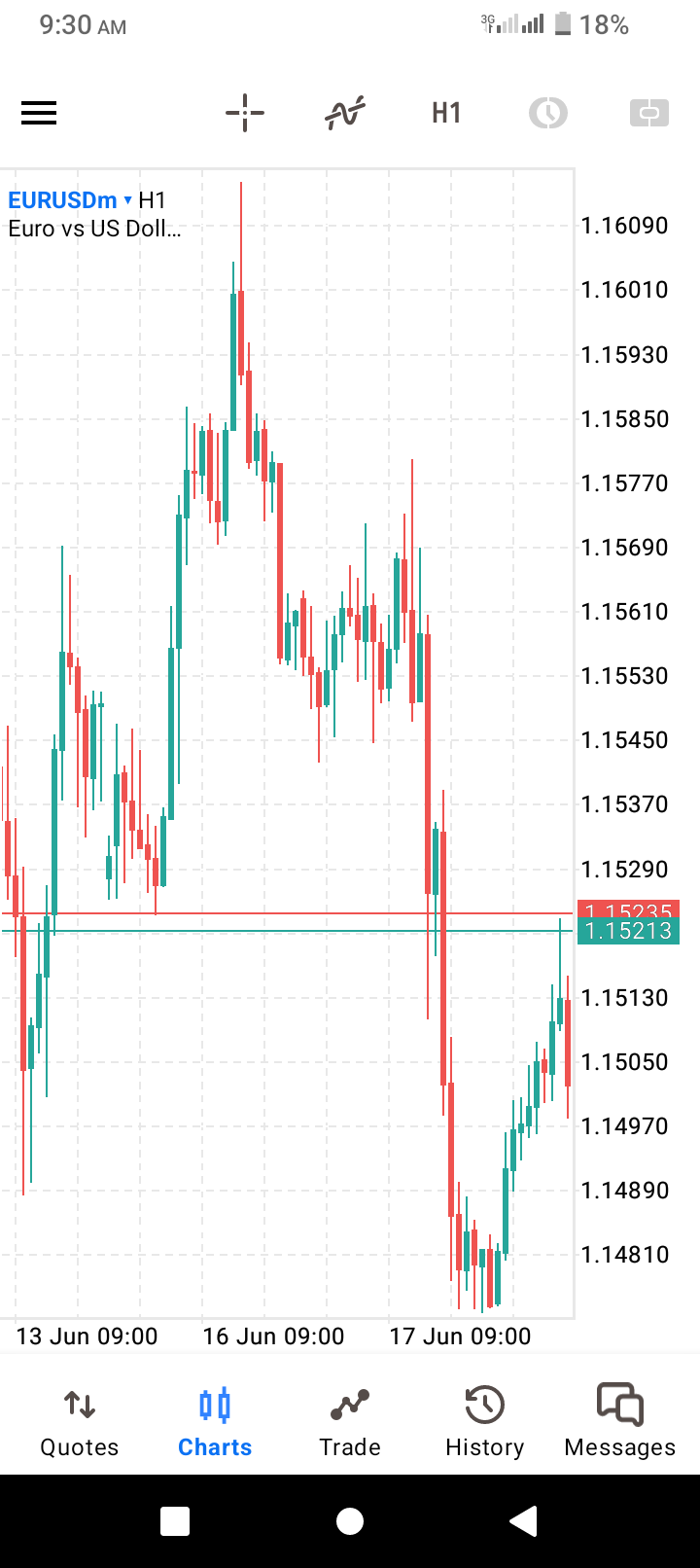Currency prices are influenced by a range of economic, political, and market-driven factors. One of the most important drivers is interest rates set by central banks. When a country raises interest rates, its currency often strengthens because higher returns attract foreign investment. Conversely, lower interest rates can weaken a currency as investors seek better yields elsewhere.
Inflation also plays a critical role. Low and stable inflation generally supports a strong currency, as it reflects a healthy economy. High inflation, on the other hand, erodes purchasing power and can lead to a currency losing value over time.
Economic indicators such as GDP growth, employment numbers, retail sales, and trade balances can significantly impact currency prices. Strong data usually signals economic strength and can boost a currency, while weak data may cause it to fall. Traders pay close attention to economic calendars and forecasts, often reacting swiftly to any surprises in reported figures.
Geopolitical events and market sentiment also affect currency prices. Political instability, war, or trade tensions can create uncertainty, prompting investors to move their money into safer currencies like the US dollar, Swiss franc, or Japanese yen. In contrast, optimism about global growth may lead to more risk-taking and favor currencies from emerging markets.
Supply and demand also play a role. If more people or institutions want to buy a certain currency, its price will go up. This can be driven by international trade flows, investment trends, or speculation in the markets.
Lastly, speculation itself can move currency prices. Traders and large institutions often buy or sell currencies based on expectations rather than current facts. Their collective actions can create trends that persist beyond the impact of any single news event or economic release.
In the end, currency prices reflect a dynamic mix of real-world factors and market psychology. Understanding what moves currencies helps traders make more informed decisions and better manage their risk in the ever-changing world of foreign exchange.


